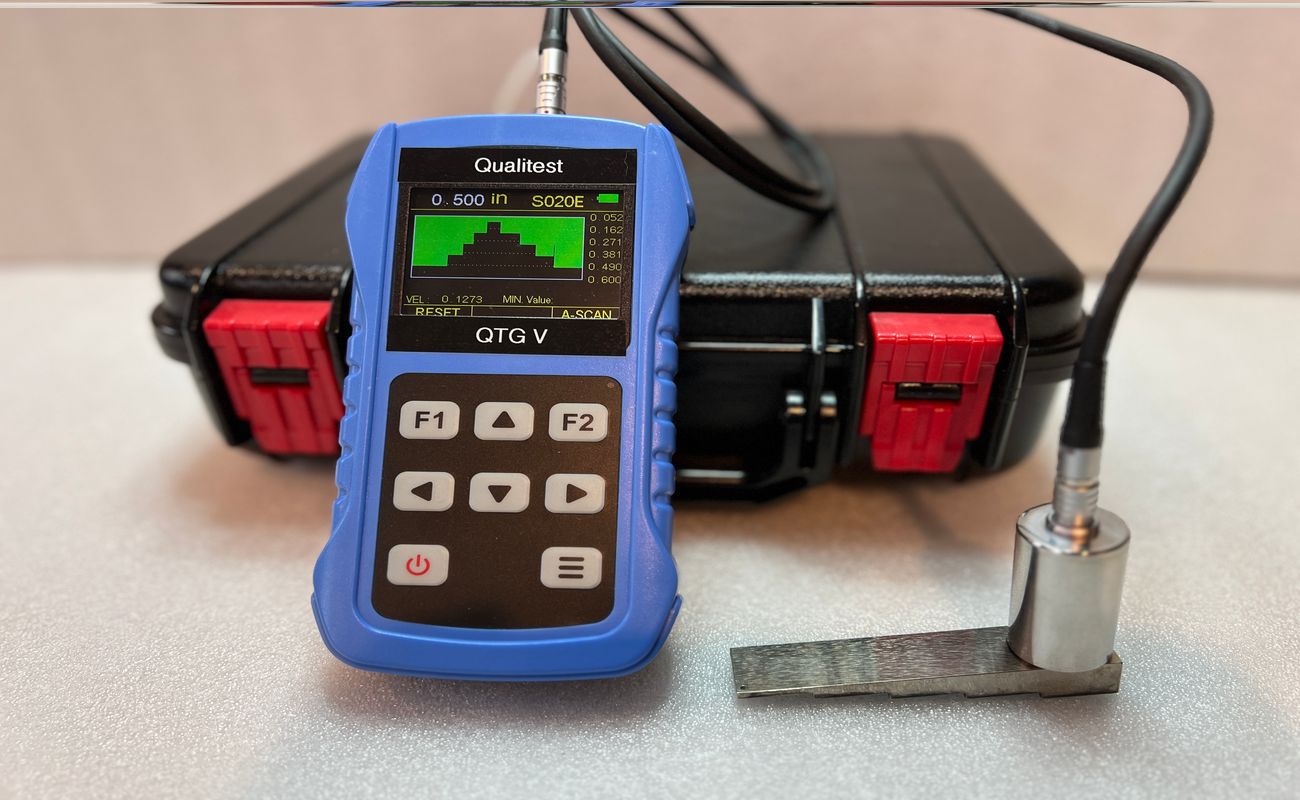
Gauge earrings have become a popular fashion statement, but how much do you really know about them? Gauge earrings are not just accessories; they carry a rich history and cultural significance. From ancient tribes to modern fashionistas, these unique pieces have adorned ears for centuries. Whether you're a seasoned stretcher or just curious, this list of 28 facts will enlighten you about the world of gauge earrings. You'll learn about their origins, the materials used, and the proper care techniques. Ready to expand your knowledge? Let's dive into the fascinating facts about gauge earrings!
What is Gauge?
Gauge, a term used in various fields, often refers to a measurement or standard. It can apply to thickness, size, or capacity. Here are some intriguing facts about gauge across different contexts.
-
Gauge in Railways: The distance between the inner sides of the rails on a railway track is called the gauge. Standard gauge is 4 feet 8.5 inches.
-
Shotgun Gauge: Shotgun gauge measures the bore diameter. A 12-gauge shotgun has a larger bore than a 20-gauge shotgun.
-
Wire Gauge: Wire gauge indicates the diameter of a wire. The American Wire Gauge (AWG) system is commonly used in the U.S.
-
Gauge in Knitting: In knitting, gauge refers to the number of stitches and rows per inch. It ensures the final product matches the intended size.
-
Thickness Gauge: Used in industries to measure material thickness, such as metal or plastic sheets.
Historical Facts about Gauge
Gauge has a rich history, influencing various industries and technologies. Here are some historical facts about gauge.
-
Roman Chariots: The standard railway gauge is believed to have originated from the width of Roman chariots.
-
First Railways: Early railways in Britain used different gauges, leading to the "gauge wars" until standard gauge was adopted.
-
Wire Gauge History: The AWG system was developed in 1857 to standardize wire sizes in the U.S.
-
Shotgun Gauge Origin: Shotgun gauge is based on the number of lead balls of the bore diameter that equal one pound.
-
Knitting Gauge Evolution: Knitting gauge has been used for centuries to ensure consistent sizing in garments.
Gauge in Modern Technology
Gauge continues to play a crucial role in modern technology and industry. Here are some facts about its contemporary applications.
-
Digital Gauges: Digital gauges provide precise measurements in various fields, from automotive to aerospace.
-
3D Printing: Gauge is essential in 3D printing to ensure accurate layer thickness and object dimensions.
-
Medical Gauges: In medicine, gauge measures needle thickness. Smaller gauge numbers mean thicker needles.
-
Automotive Gauges: Cars use various gauges, like fuel and speed gauges, to provide critical information to drivers.
-
Pressure Gauges: These devices measure the pressure of gases or liquids in systems, vital for safety and efficiency.
Fun Facts about Gauge
Gauge can be fun and fascinating. Here are some lighter facts about gauge.
-
Gauge in Music: Guitar strings have gauges, affecting the sound and playability. Heavier gauges produce a richer tone.
-
Gauge in Film: Film gauge refers to the width of film stock. Common gauges include 8mm, 16mm, and 35mm.
-
Gauge in Fashion: In body piercing, gauge measures the thickness of jewelry. Smaller numbers indicate thicker pieces.
-
Gauge in Sports: Archery uses gauge to measure arrow shaft diameter, impacting flight and accuracy.
-
Gauge in Weather: Rain gauges measure precipitation, helping meteorologists track weather patterns.
Unusual Uses of Gauge
Gauge finds applications in some unexpected areas. Here are some unusual uses of gauge.
-
Gauge in Baking: Bakers use gauge to measure dough thickness for consistent baking results.
-
Gauge in Gardening: Soil moisture gauges help gardeners maintain optimal watering levels for plants.
-
Gauge in Art: Artists use gauge to measure brush thickness, affecting the texture and detail of their work.
-
Gauge in Aviation: Pilots rely on various gauges to monitor aircraft performance and ensure safe flights.
-
Gauge in Space Exploration: Spacecraft use gauges to measure fuel levels, pressure, and other critical parameters.
Miscellaneous Facts about Gauge
Gauge is versatile and widespread. Here are some miscellaneous facts about gauge.
-
Gauge in Carpentry: Carpenters use gauge blocks to ensure precise measurements and cuts.
-
Gauge in Fishing: Fishing line gauge affects strength and flexibility, important for different fishing techniques.
-
Gauge in Science: Scientists use gauge to measure various physical properties, from particle size to magnetic fields.
Final Thoughts on Gauge
Gauge, a unit of measurement, plays a crucial role in various fields. From railroads to shotguns, knitting needles to medical needles, gauge helps ensure precision and consistency. Understanding gauge can make a big difference in safety, efficiency, and quality. For instance, the right gauge in railroads ensures smooth train operations, while the correct gauge in medical needles can mean less pain and better outcomes for patients. Knowing these facts about gauge can help you appreciate its importance in everyday life. Whether you're a hobbyist, professional, or just curious, understanding gauge can enhance your knowledge and skills. So next time you encounter gauge, you'll know it's more than just a number—it's a key to accuracy and reliability in many aspects of life.
Was this page helpful?
Our commitment to delivering trustworthy and engaging content is at the heart of what we do. Each fact on our site is contributed by real users like you, bringing a wealth of diverse insights and information. To ensure the highest standards of accuracy and reliability, our dedicated editors meticulously review each submission. This process guarantees that the facts we share are not only fascinating but also credible. Trust in our commitment to quality and authenticity as you explore and learn with us.
